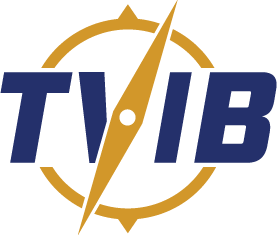Adding a vessel to your fleet? Do you know what to do next to be compliant with Subchapter M? The days of late-night or hand-shake charter agreements are no longer an option for a vessel with a Certificate of Inspection (COI). The biggest challenge for operators, TPOs, and OCMIs is processing operator changes on COIs for very short-term charters. Owner or operator changes for certificated vessels requires pre-planning and certain actions before, during and after the transition.
If the ownership of the vessel will change along with the operator, the first step is to contact the Coast Guard’s National Vessel Documentation Center (NVDC) to process the change in ownership and issue a new Certificate of Documentation (COD). Coast Guard field units do not have the authority to change vessel ownership information in MISLE as the NVDC is the only entity that processes CODs. Changes in vessel operator only do not require a change to the COD.
A COI cannot be amended if the COD is not accurate. You should consider the following to facilitate a smooth transition:
- Utilize a written procedure or checklist that documents your process for adding a vessel to the fleet to ensure compliance with your TSMS and Subchapter M requirements (e.g., minimum firefighting and lifesaving equipment).
- Include language in your charter agreements to specify that vessel compliance-related documents must be provided, such as vessel surveys and open findings.
- You need to know about any open non-TSMS findings related to the vessel, as well as any open CG-835V deficiencies.
- You need copies of annual surveys and drydock/internal structural examination reports for the current COI period.
- The vessel must be covered by a TSMS Certificate prior to or concurrently with communicating with the OCMI to amend the COI.
- Ensure that other documents/approvals have been updated (e.g., NTVRP, VSP, COFR, FCC Station License, etc.) prior to operating the vessel.
Lastly, it is vital for you to note the required timeframes for the next annual survey, drydock/internal structural examination, and external vessel audit. The operator listed on the COI is responsible for ensuring that these activities occur as required.
